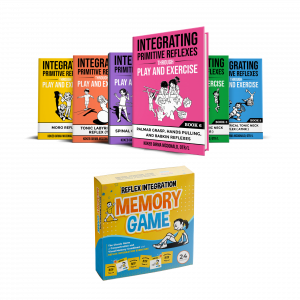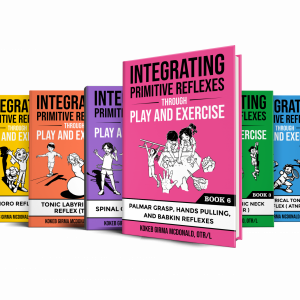When it comes to therapeutic intervention, understanding the distinction between signs and symptoms versus root causes is crucial for accurate evaluation and effective treatment. While signs and symptoms provide important clues about a child’s development, they only scratch the surface. By identifying the underlying root causes, occupational therapists and service providers can design comprehensive treatment plans that address the core issues, leading to long-lasting improvements in health, well-being, and quality of life.
Signs and Symptoms:
- Signs: Signs are objective observations that occupational therapists or service providers can see or measure. They are outward indications of an underlying condition. Examples may include poor coordination, balance issues, delayed motor skills, abnormal gait, physical abnormalities, etc. Signs are essential guides, helping pediatric service providers determine the presence and severity of a particular issue.
- Symptoms: Symptoms are subjective experiences individuals, caregivers, or educators report about the child. They are the sensations or feelings that are expressed, such as pain, inattention, fatigue, nausea, discomfort, difficulty sleeping, etc. Symptoms are important indicators of a child’s well-being and can guide the therapist’s understanding of the impact of a condition on a quality of life.

Root Causes:
- Identification: While signs and symptoms provide valuable information, they do not reveal the underlying reasons behind the issues. Identifying the root causes is crucial for developing effective treatment plans. Root causes are the fundamental factors that contribute to the indication of signs and symptoms. They can be physiological, genetical, environmental, social, or behavioral in nature.
- Importance of Addressing Root Causes: Treating signs and symptoms alone is like putting a band-aid on a wound without addressing the source of the injury. By understanding and addressing the root causes, occupational therapists and service providers can provide more targeted and comprehensive treatments that address the underlying factors driving developmental issues. This approach has the potential to bring about long-term improvements and prevent recurrence.
- Creating Effective Treatment Plans: Service providers must identify the root causes to create effective treatment plans. This may involve thoroughly evaluating the patient’s medical history, conducting diagnostic tests, exploring various contributing factors, and following holistic clinical observation and screening. By doing so, they can tailor interventions that alleviate signs and symptoms and address the core issues.
- Holistic Approach: Identifying root causes encourages a holistic approach to therapy intervention. It recognizes that health and developmental issues are often multifaceted and interconnected. By addressing the root causes, occupational therapists and service providers can empower patients to make necessary lifestyle changes, modify environmental factors, or seek appropriate support and accommodations. This comprehensive approach promotes better overall health and well-being.
In the RITP Certification program, we understand the significance of identifying root causes when it comes to child development, particularly in retained reflexes. Retained reflexes can be an underlying root causes that can hinder a child’s developmental progress. By recognizing the signs and symptoms associated with retained reflexes, such as poor coordination, balance issues, or delayed motor skills, we can gain insight into the core issues impeding a child’s development. Our RITP Certification program takes a holistic approach, focusing not only on alleviating the immediate signs and symptoms but also addressing the root causes. By incorporating various therapeutic techniques, play-based and functional treatment approaches, an in-depth understanding of functional movements, home programs, and supportive accommodations, we aim to provide comprehensive tools for therapists and effective solutions for developmental issues. This holistic approach is the best way to work with developmental challenges, as it considers the interconnectedness of a child’s physical, cognitive, social, and emotional development, ultimately fostering optimal growth and well-being.





